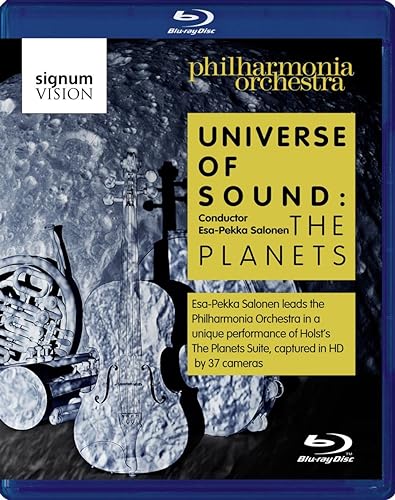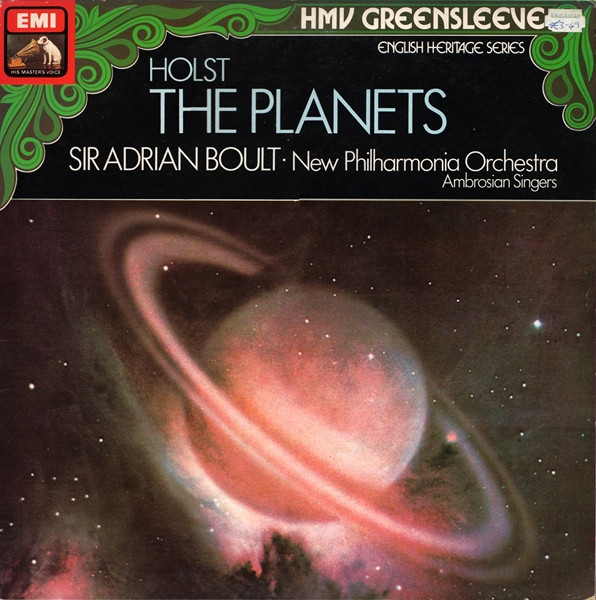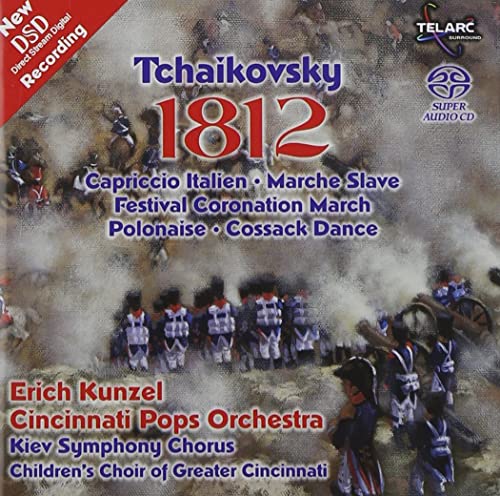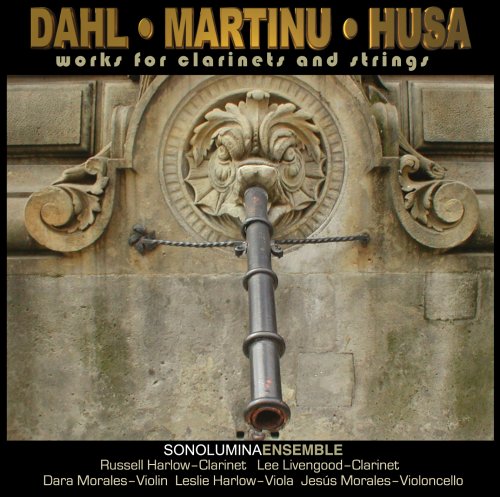WOW! That could be pretty cool if done right.

Do let us know what you think of it.
I found this Blu-Ray.com review on their website.
https://cappellaromana.org/5-star-blu-ray-review-for-lost-voices-of-hagia-sophia/
Hmm...I might not be able to wait
For me, there are two parts to this, the documentary and the music. The documentary itself discusses the acoustics and design esthetic of the Hagia Sophia, the work of (I think) Stanford acoustic reconstructionists (I don't recall the word they used for it but think of it as a sort of acoustic archeology) and the work of the Capella Romana group to perform Eastern Orthodox chants, some of which were written to be sung in the Hagia Sophia itself. A couple of things come to mind. First, modern notations are a relatively late invention, and it would be interesting to know how the group resurrected the melodies, harmonies, meter, etc. for this. It would have been interesting to go into the music research a little further and perhaps some forum members know the answers to some of my questions - if so, please share. I am guessing without any authoritative reference that an Eastern Orthodox choir performance was probably all male, though Capella Romana has female members. Let's just call it old music with modern instruments, but I am sure an all male choir would sound different, especially on the soprano parts. The structure itself is ancient, have the acoustics changed over time, and if so then how? Lastly, the church could hold 16,000 worshippers and I would guess that all those bodies absorb some of the sound.
Religion and state were intertwined in the Byzantine Empire, and one of the difficulties of archeology is knowing how people of an era thought. Being a massive port, citizens of Constantinople would have some idea of what was going on in the rest of the world, but it would not be complete or in real time. They might not know a war was going badly until the enemy showed up at the walls, or a hostile fleet was observed off the coast. A lot of information would seem reverberant, composed of a small amount of fact filtered and changed through the medium of the public with a lot of rumor and guesswork, which is one reason I find the reverberant nature of the Hagia Sophia so fascinating. Things which can't be known, only felt, but a time in which feeling could pass as knowledge.
There is a philosophical discussion. The name Hagia Sophia means "holy wisdom" and the design of the original cathedral was intended to present the Orthodox faith as an abstraction in sight as well as sound (there were originally no physical depictions of Christ, etc) which would encourage contemplation of Christianity (I recall that when the cathedral was built - around 550 - the church had yet to split into Catholic and Eastern Orthodox). The documentary does an excellent job illustrating how the light, art, architecture and reverb would combine to present a superbly meditative environment.
The documentary goes into some of the technical aspects involved in recreating the acoustics of the Hagia Sophia and some of the challenges encountered. I was intrigued that they were able to achieve separate recreations of the acoustics from where the priest would have sung, versus the choir, which would be in a different location.
Based on a first listen. Don't have atmos (yet!) so listened to the DTS master audio. The sound quality is superb, but since it is a choir and voices only the best I can say is that they are rendered very well - it should not be a challenge to most surround systems. In many of the selections, a low bass drone provides a foundation over which a chanted melody floats. Given the 10-12 second reverb, the effect is mesmerizing and in some passages quite moving. In summary, I think this is an impressive achievement in technology, archeology, music research and performance. I will return to this many times, especially on Sunday.










